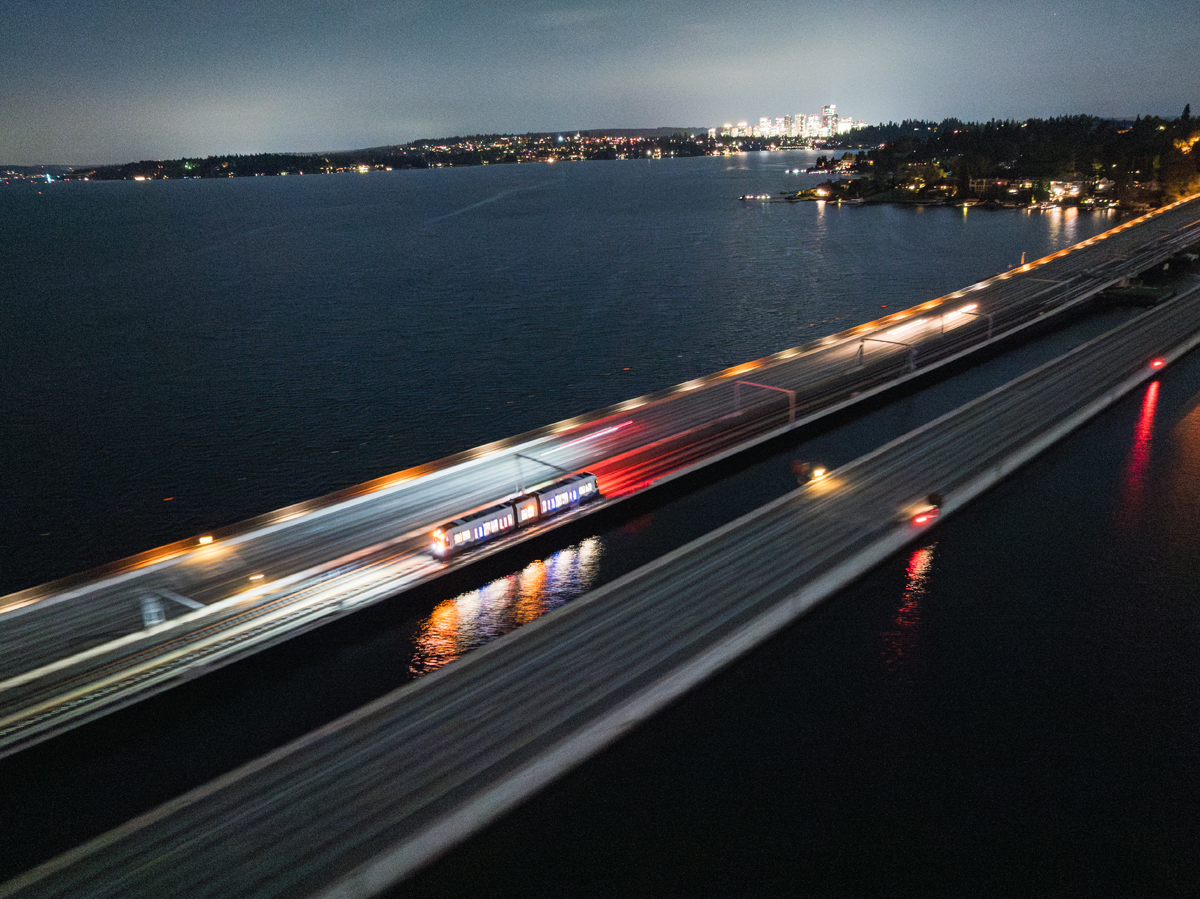
SEATTLE — In a milestone for Sound Transit’s ongoing expansion of its light rail network, a light rail train operated across Lake Washington’s Interstate 90 floating bridge late Monday night (Sept. 8, 2025). It was not only the first time a Sound Transit train has crossed that bridge under its own power, but, according to the agency, the first time a train has operated across a floating bridge anywhere in the world.
A single train made multiple trips across the 5,811-foot Homer M. Hadley bridge, at speeds ranging from 5 mph to 55 mph, which will be the speed limit when regular operations begin. A Sound Transit press release says the initial powered operation occurred at night so crews could see and document electrical arcing, which it says is typical in this phase of testing.
The Seattle Times reports that the light rail trainset entered the bridge at 11:49 p.m. on Monday, and that tests are in part to demonstrate that the transit agency can control stray current, which otherwise might corrode steel rebar within the concrete bridge structure. The paper quoted an email from Tony Raben, the project’s executive director, saying the protection systems were “performing as designed” to prevent that issue.
The light rail route across the floating bridge was to have opened in July 2023, but that was pushed back because 4 miles of track on either side of the bridge had to be rebuilt because of issues with concrete ties [see “Construction delays push back …,” Trains.com, Aug. 22, 2022]. Sound Transit eventually opened an isolated 6.5-mile, eight-station segment east of the bridge in April 2024. Two additional stations later opened with a further extension into downtown Redmond, Wash.
When the section across the bridge opens — currently projected for next spring — it will complete the 14-mile, 12-station, east-west route known as the 2 Line, connecting the currently isolated portion to the original north-south light rail route now called the 1 Line.
Sound Transit first moved a light rail trainset across the floating bridge in May, towing the equipment to check clearances and the bridge’s response to the move.
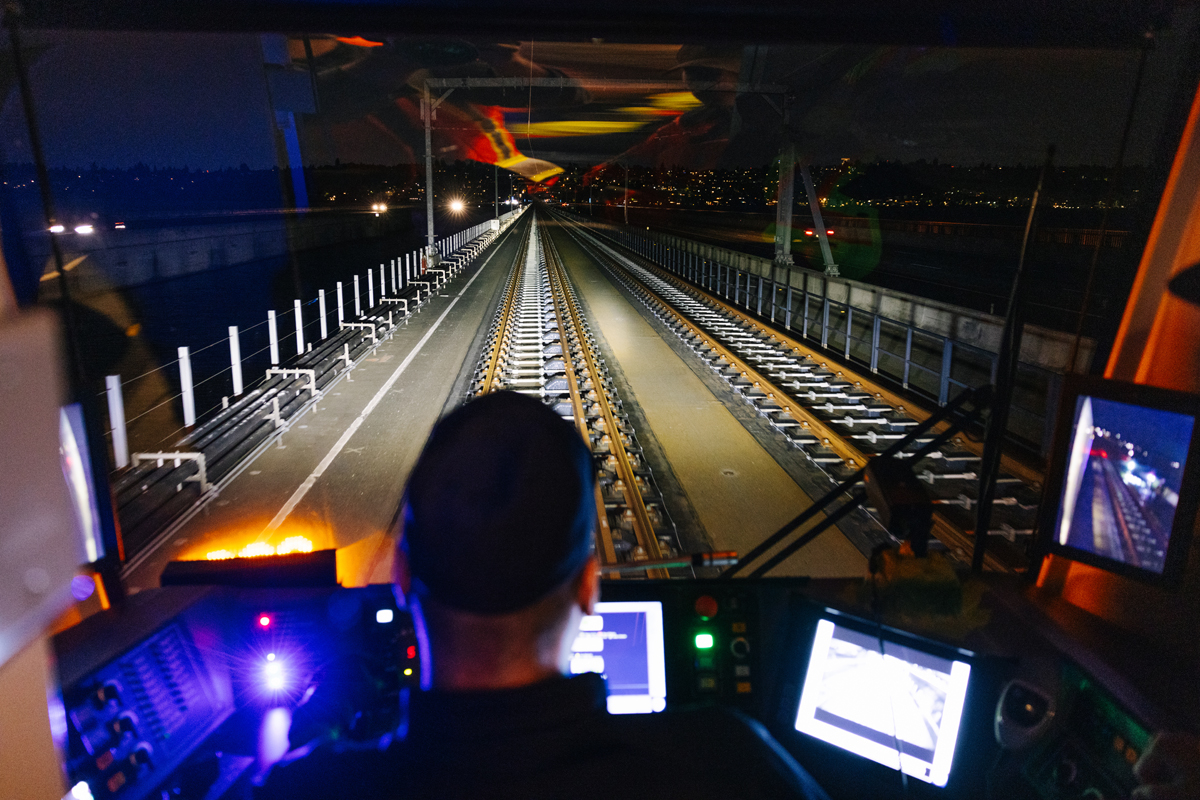






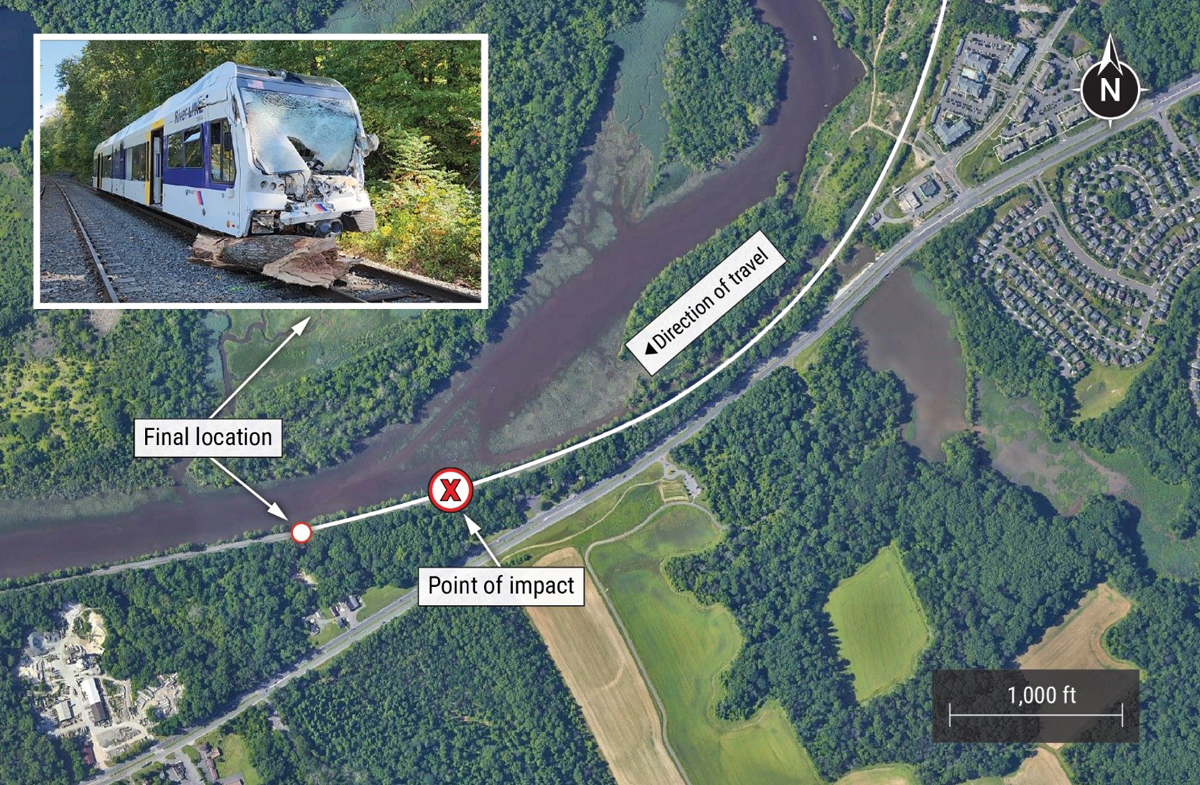
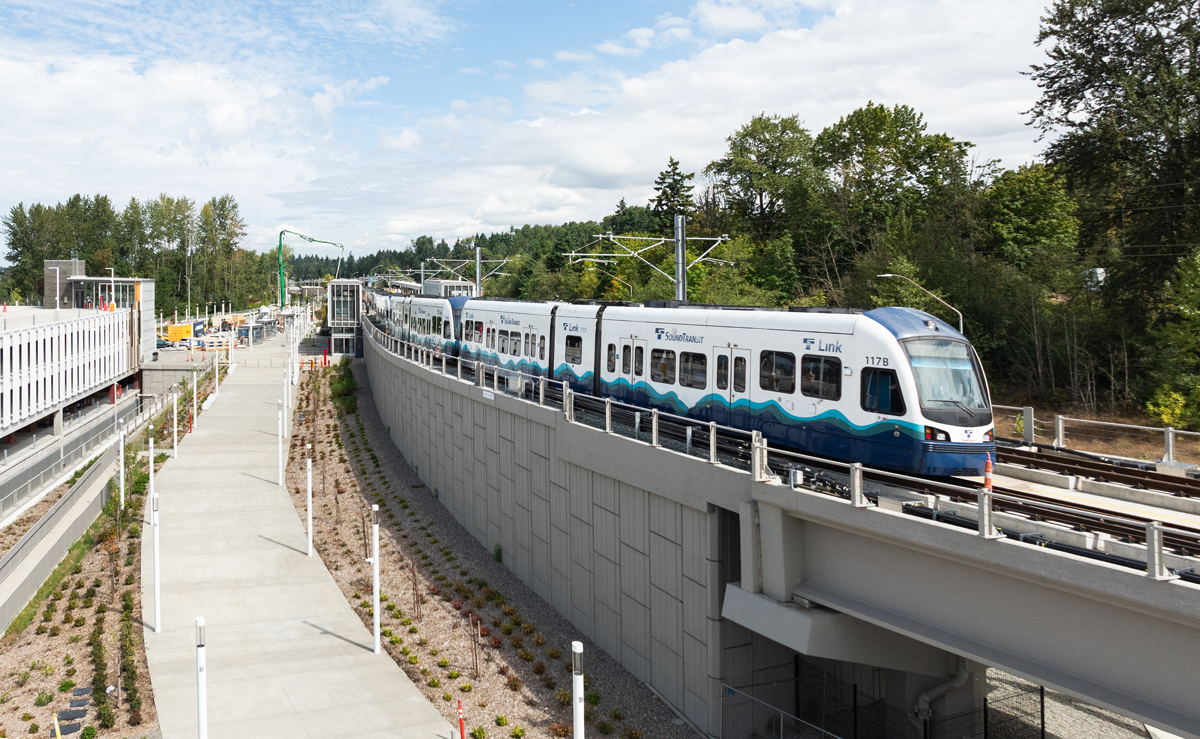
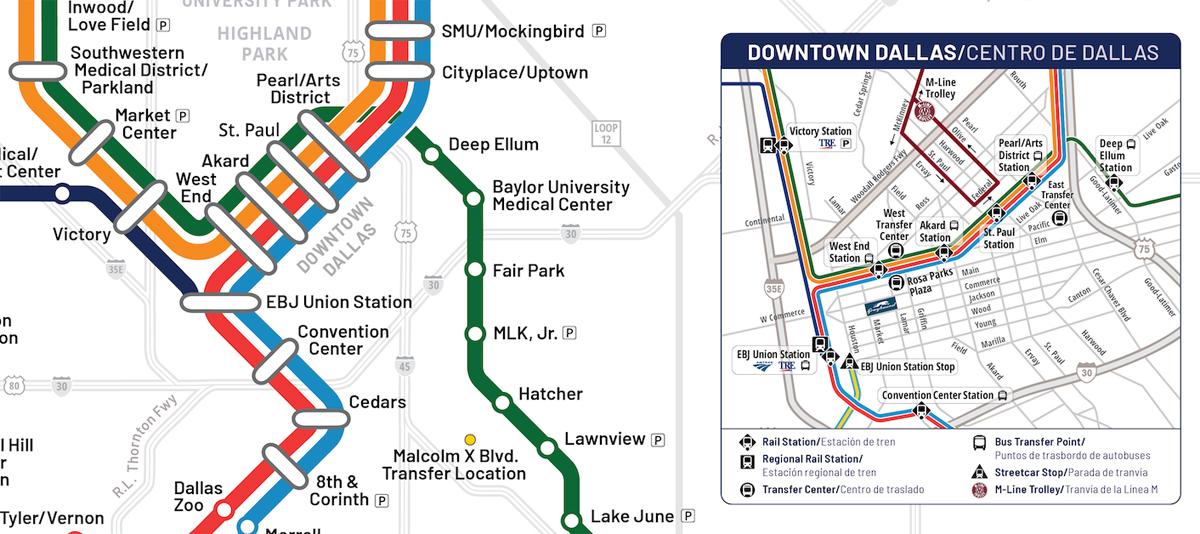
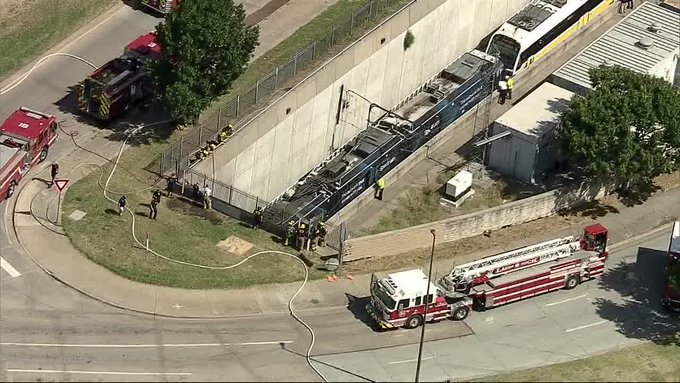
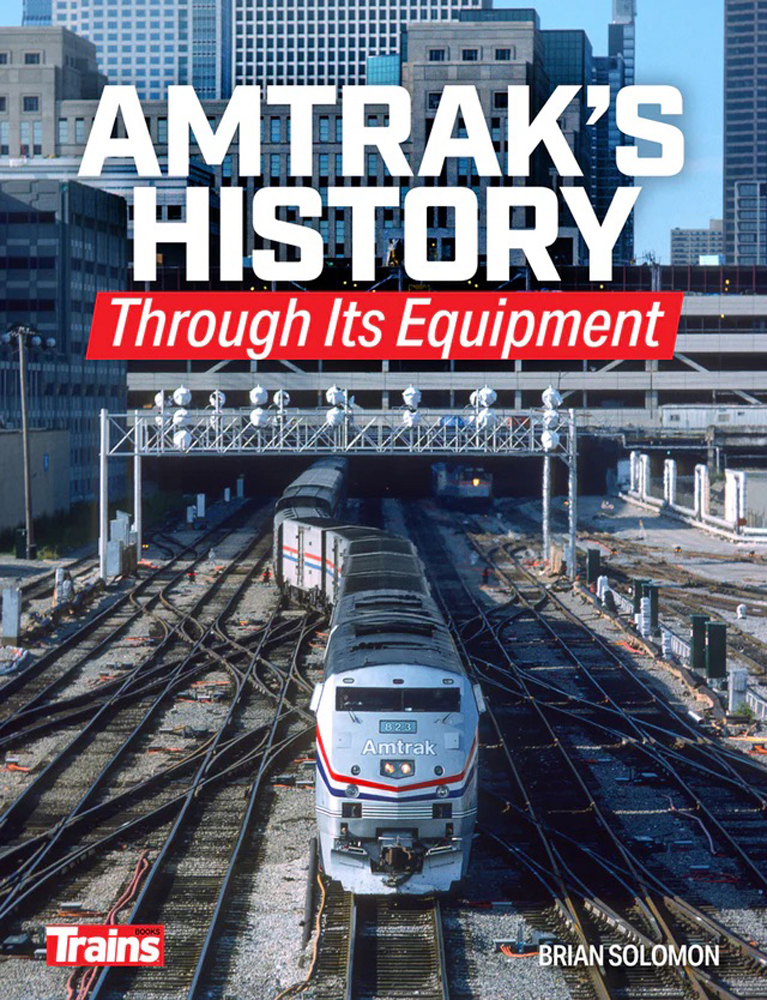
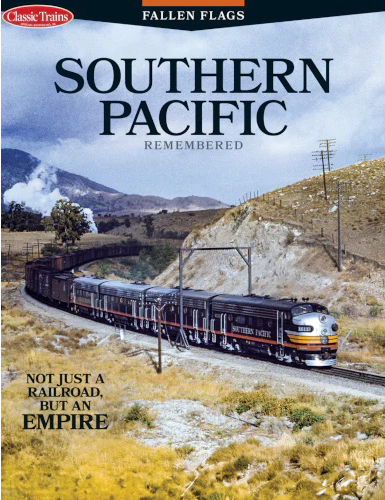

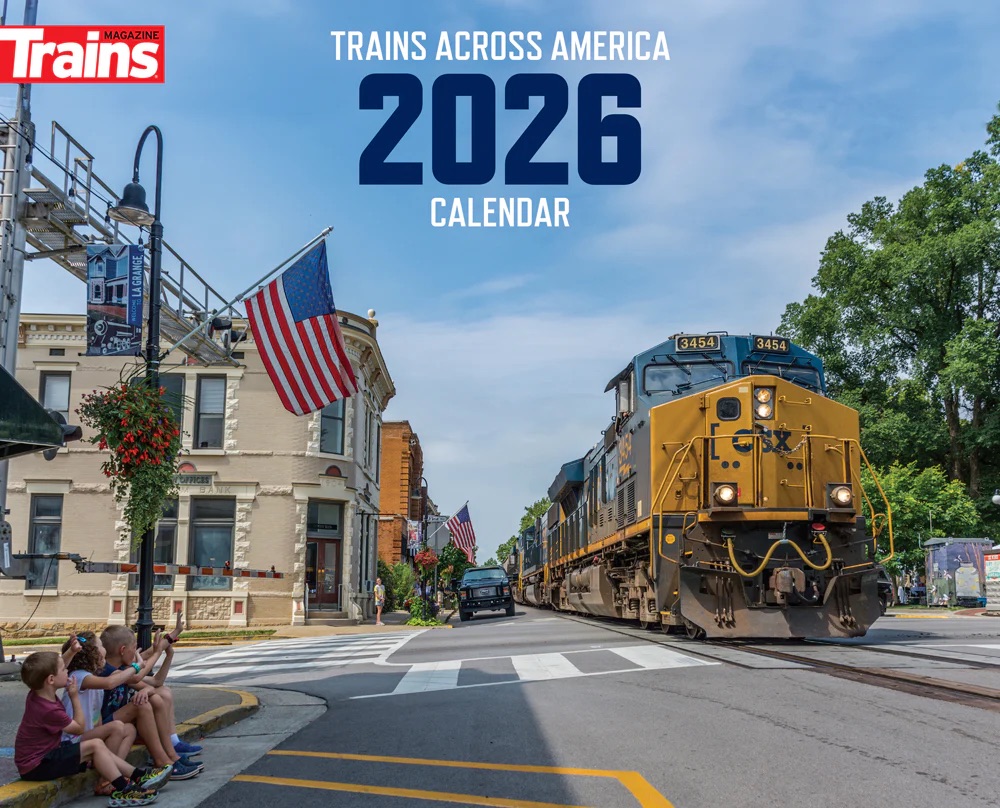
They handle wave action quite well. If the winds are real strong typical of winter rain storms out here, you will some slight movement. The old SR520 bridge across Lake Washington could be felt in a strong wind with waves crashing over the sides. I use to experience that when I lived in Redmond going into Seattle. Now there is a new SR520 bridge and the I-90 bridge is also new having been completed in the late 1990’s with a new tunnel under the Mount Baker Ridge Neighborhood in Seattle.
I also seem to recall that the Rutland had a floating DRAWbridge on its Addison Branch across Lake Champlain. I don’t remember the exact location, but at least one YouTuber got quite the video out of the story. How a drawbridge? It was equipped with a steam engine so it could pull itself out of the way of ships.
The Algoma Central and Hudson Bay Ry in Ontario had (has, but this line segment is currently dormant) a floating bridge on its northern district.
There were various iterations of floating bridges between Prairie du Chien, Wisconsin, and Marquette, Iowa; the final iteration only had floating spans in the middle that could be opened to allow river traffic to pass.
Question…how do floating bridges handle wave action caused by storms and such… or am I misunderstanding the concept of a “floating Bridge?”
The Milwaukee had other floating bridges as well. There was one over the Missouri River in Chamberlin, SD and I believe a third, though its location escapes me.
As for handling water movement, the PDC bridge had longer bridge spans at each end that compensated for the changes in water level, much like a floating dock. There was enough mass to the floating structure that they didn’t respond to small changes in water level (such as most wakes and normal wave action.) The locations of the Milwaukee’s floating bridges in PDC and Chamberlin were not exposed enough to create very large storm driven waves, but I suppose if the storm was bad enough they could restrict operation.
Here is nice article on the Milwaukee’s PDC bridge. Last operated in 1961.
https://www.thegazette.com/history/time-machine-a-pontoon-rail-bridge/
Quite the impressive achievement, however (outside of temporary examples,) a notable floating bridge used by trains was the 1882 Wabasha Rail Bridge on the Milwaukee Road’s Chippewa Valley line.